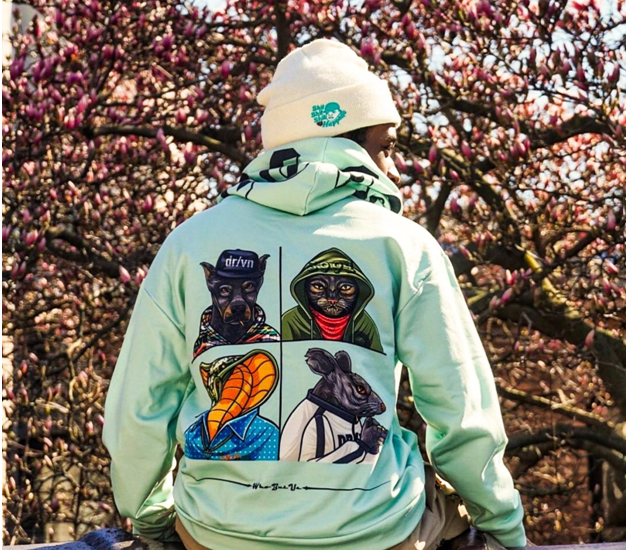How Does a Clothing Store Simulator Help Give You a Competitive Advantage?
A clothing store simulator provides several ways to gain a competitive advantage:
- Innovative Design: Allows you to experiment with innovative store layouts, decor, and displays that differentiate your store from competitors and attract customers.
- Customization: Enables you to create a store environment that reflects your brand’s unique identity and values, helping you stand out in a crowded marketplace.
- Optimized Store Layout: Helps you design a store layout that maximizes traffic flow, product visibility, and customer engagement, enhancing the overall shopping experience and giving you an edge over competitors.
- Visual Merchandising: Allows you to create visually appealing product displays that showcase your merchandise effectively and drive sales, setting your store apart from competitors.
- Seasonal Adaptability: Enables you to quickly adapt your store design to reflect seasonal changes and trends, ensuring that your store remains relevant and attractive to customers year-round.
- Data-Driven Decisions: Provides data analytics tools that allow you to track customer interactions with different store designs and layouts, giving you valuable insights into customer behavior and preferences that can be used to optimize your store design and sales strategies.
- Cost Savings: Helps you save costs by eliminating the need for costly physical prototypes or mock-ups, streamlining the store design process, and reducing the risk of costly mistakes during implementation.
- Efficient Collaboration: Facilitates collaboration between team members, designers, and stakeholders, enabling you to work more efficiently and effectively to create a store environment that drives sales and customer satisfaction.
- Real-Time Feedback: Provides real-time feedback from customers, colleagues, and stakeholders, allowing you to make informed design decisions and adjustments that improve the overall shopping experience and give you a competitive edge.
- Scalability: Allows you to easily replicate successful store designs and layouts across multiple locations, ensuring consistency and brand coherence while minimizing time and resources required for each new store.
By providing tools and features that help you create a visually stunning, efficient, and customer-friendly store environment, a clothing store simulator helps you gain a competitive advantage by attracting and retaining customers, driving sales, and enhancing your brand image and reputation.
How Does a Clothing Store Simulator Help You with Data-Driven Decisions?
A clothing store simulator helps you make data-driven decisions in the following ways:
- Customer Behavior Analysis: Provides data analytics tools that allow you to track customer interactions with different store designs and layouts, gaining valuable insights into customer behavior and preferences.
- Traffic Flow Analysis: Tracks customer traffic patterns within the store, allowing you to identify high-traffic areas and optimize store layout and product placement accordingly.
- Product Performance Tracking: Monitors sales and customer engagement metrics for different products and displays, helping you identify top-performing products and optimize product placement and promotion strategies.
- A/B Testing: Allows you to set up A/B tests to compare different store designs, layouts, and product displays side by side, helping you identify which designs and strategies are most effective in driving sales and customer engagement.
- Real-Time Feedback: Provides real-time feedback from customers on different design elements and product displays, allowing you to make adjustments to your store design that enhance the overall shopping experience.
- Competitive Analysis: Allows you to compare your store design and performance metrics with competitors, helping you identify areas for improvement and stay ahead of the competition.
- Seasonal Trends Analysis: Tracks seasonal trends and customer preferences, allowing you to quickly adapt your store design and product offerings to reflect changing market conditions and customer demand.
- Inventory Management: Integrates with inventory management systems to track product availability and ensure that store displays accurately reflect current inventory levels.
- Customer Segmentation: Analyzes customer data to identify different customer segments and tailor store design and product offerings to meet the needs and preferences of specific customer groups.
- ROI Analysis: Helps you measure the return on investment (ROI) of different store design and merchandising strategies, allowing you to identify which strategies are most effective in driving sales and profitability.
By providing tools and features that help you gather, analyze, and interpret data on customer behavior, sales performance, and market trends, a clothing store simulator helps you make informed, data-driven decisions that drive sales, increase customer satisfaction, and maximize profitability.




